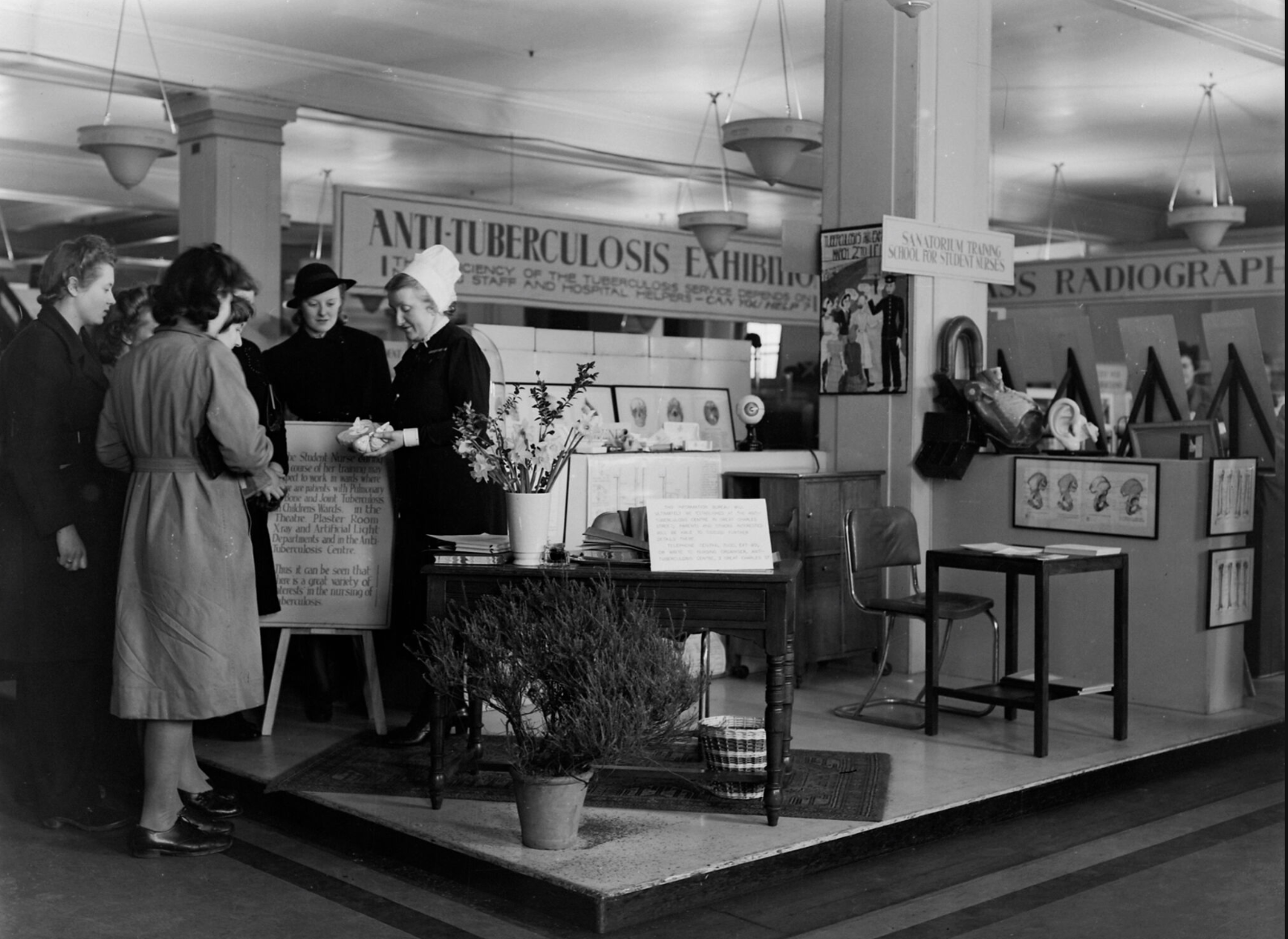
-
Source
Pharmaceuticals, wastewater and ABR
Many of the antibiotic medicines consumed in the European Region are produced in Hyderabad, India, where antibiotics in wastewater are up to 5500 times higher than the recommended limit. High rates of ABR in the environment in India can also be linked to renewed production of fixed dose combination (FDC) medicines that contain two or more active components and have been reported to contribute to the promotion of ABR. In 2016, the Delhi High Court overturned an Indian government ban that had prohibited the sale of 344 FDC medicines, pointing to the continuing influence of the pharmaceutical industry
Environmental pollution occurs not simply from pharmaceutical production facilities, but from other sources, including hospital waste discharge streams. In Europe, it has been estimated that the discharge of antibiotics into wastewater provides conditions for the spread of resistance. The quantity of an active substance depends on a variety of factors, including the chemical structure of the antibiotic as well as temperature and pH. The combination of heavy metals present in agricultural environments across Europe has also been implicated in the spread of ABR via co-selection. In other parts of the world, treated wastewater irrigation is becoming more popular due to diminishing freshwater resources and growing populations.
Photo by Vikram Nair on Unsplash




